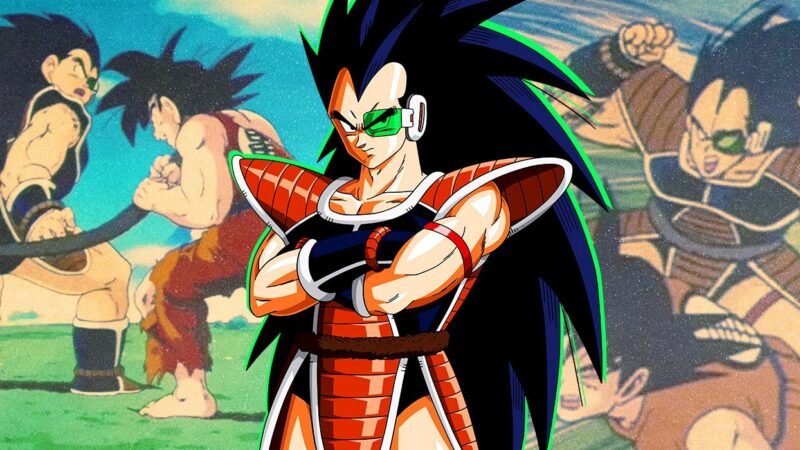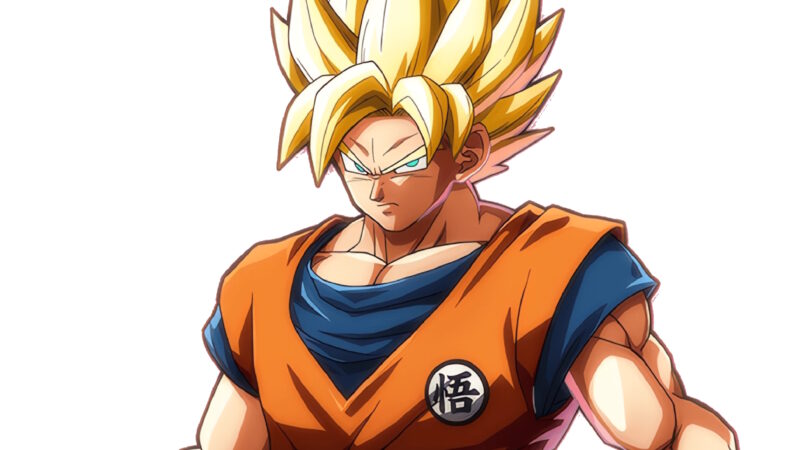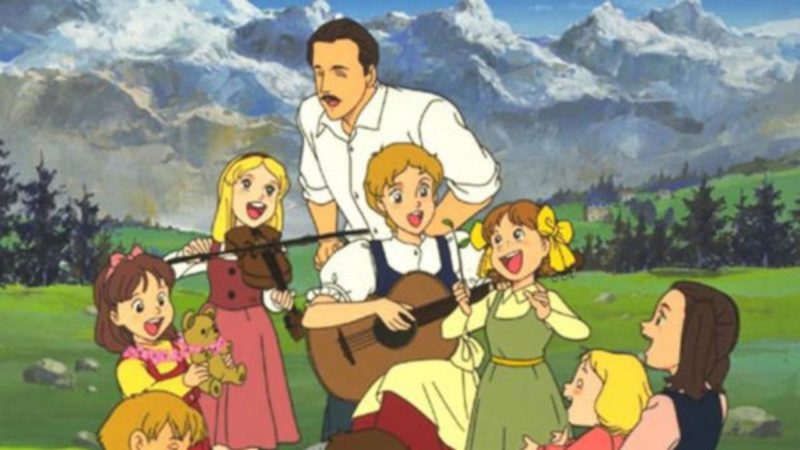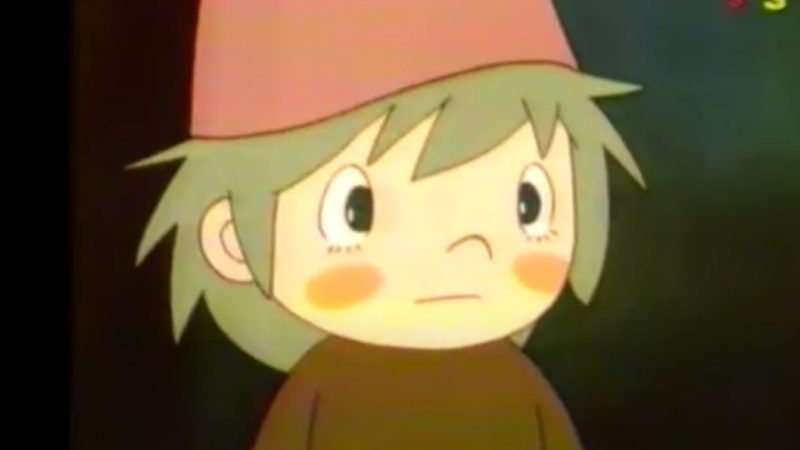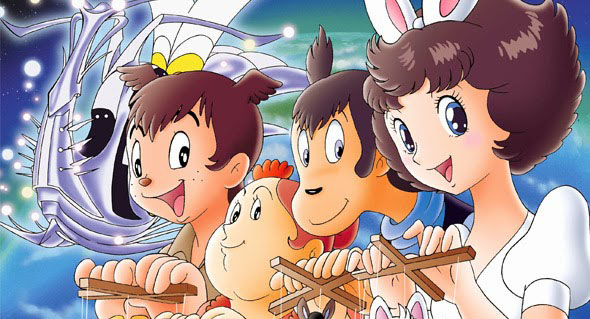The Legacy of Dragon Ball: An Analysis of the Series That Influenced Generations
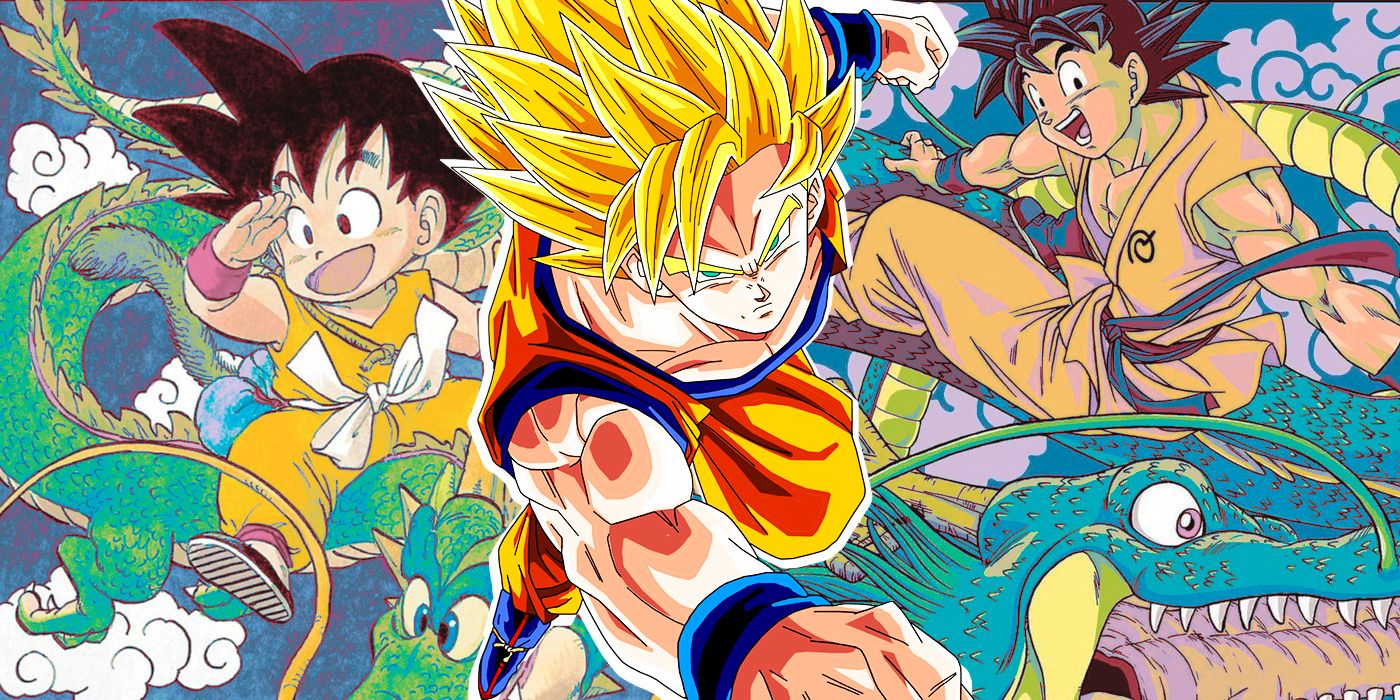
Many notable anime and manga permanently change their industries through their bold storytelling, but Dragon Ball has established an impressive legacy that's still going strong after four decades. Dragon Ball is often cited as one of the greatest shonen battle series and has gone on to influence other shonen hits like One Piece, Naruto, and My Hero Academia. Dragon Ball's story begins in a fairly grounded place with its hero, Goku, but slowly evolves into an epic battle between good and evil where entire universes are at stake. Dragon Ball is still being told, and its considerable amount of content has understandably intimidated some from giving the series a try. Those who commit to the entire Dragon Ball experience have hundreds of hours of content to consume, but that's not to say that every chapter of Dragon Ball needs to be experienced or will be for everyone. Newcomers may experience confusion between Dragon Ball, Dragon Ball Z, and Dragon Ball GT, but there are some simple explanations for how these series connect and how best to check them out.
Updated by Daniel Kurland on March 8, 2024: This list has been updated to incorporate the latest revisions to CBR's style guide, which include trailers and image galleries. Minor content changes have been made to reflect the most recent changes to the Dragon Ball manga, as well as some grammatical and structural revisions. Finally, the links in this article have also been updated to reflect the most current content from CBR. Everything to know about Dragon Ball:
Dragon Ball is really well written, just read the manga. Dragon Ball has a reputation for having terrible writing, but if fans stick to the manga, that's far from the truth. Akira Toriyama's first installment, Dragon Ball, was released in the weekly Shonen Jump magazine on November 20, 1984, while the anime premiered shortly after on February 26, 1986. Dragon Ball is set in an extraordinarily enhanced version of the real world in whose seven magical spheres, the Dragon Balls, will grant the wish of anyone who manages to collect all seven and summon the earth dragon Shenron.
The original Dragon Ball lasted 153 episodes and follows Goku's adventures from child to young adult as he conquers personal and literal demons in his quest to become stronger. Goku meets some powerful allies and uses the Dragon Balls often but it remains a largely grounded series that focuses on the fundamentals of martial arts rather than the constant energy attacks, aerial battles and transformations that make up the sequel series, Dragon Ball Z. Dragon Ball Z is the largest film in the franchise, with 291 entries, and focuses primarily on action. Goku discovers that he is a member of an alien race known as the Saiyans which becomes the catalyst for many extraterrestrial terrors and the series' abundance of Super Saiyan transformations.
There's also Dragon Ball Z Kai, a condensed 167-episode retelling of Dragon Ball Z that sticks to Toriyama's original manga. The success of Dragon Ball Z led to another inevitable sequel, '96's Dragon Ball GT, produced by TOEI largely without Toriyama's involvement. This, plus the fact that there wasn't even a Dragon Ball GT manga to adapt, has led to the belief that the 64-episode series isn't canon. Dragon Ball GT, which stands for “Grand Tour,” begins with Goku becoming a child again due to an ill-advised Dragon Ball wish and heading across the galaxy to collect new Dragon Balls to prevent Earth's destruction.
Dragon Ball GT begins with a more comical and adventurous story, just like the original Dragon Ball only for bold action sequences that will eventually take over with its wacky Super Saiyan 4 transformations. The newest Dragon Ball anime, Dragon Ball Super, started in 2015 and is still producing new material, albeit through feature films and manga chapters. Dragon Ball Super consists of 131 episodes and is set shortly after the defeat of Kid Buu, towards the end of Dragon Ball Z but still before the ten-year time jump that occurs in the epilogue of Dragon Ball Z. Dragon Ball Super introduces bold new transformations like Super Saiyan God and Ultra Instinct, powerful new celestial deities, and even the existence of a multiverse. Dragon Ball Super is considered the right successor to Dragon Ball Z and better than Dragonball GT although the tide is starting to turn GT.
Dragon Ball is a franchise suitable for all ages, but as a shonen series it was designed specifically with younger male audiences in mind. Dragon Ball is a unique case where the series has lasted so long that audiences have gradually grown up with the characters and connect with adults as much as children. Dragon Ball deftly covers the bases with Goku, now an adult, and his young son, Gohan. Dragon Ball continues this tradition when Gohan later becomes a parent, but there's still Goten and Trunks who represent the next crop of heroes. Dragon Ball has a diverse cast that can appeal to audiences of all ages, though the original Dragon Ball and Dragonball GT are the entries that skew younger and may be harder for adults to get through. Alternatively, the original Dragon Ball, Dragon Ball GT, and Dragon Ball Super have more prominent and powerful female characters, making these series the most likely to resonate with the younger female demographic.
The best place to start with Dragon Ball is with the original series so that audiences get the fullest picture of Goku's journey and the layered relationship he has with individuals like Krillin, Tien, and Piccolo. That said, the original Dragon Ball doesn't need to be a newcomer's introduction if they're short on time and can't watch more than 600 episodes. Many North American viewers started with Dragon Ball Z, which is a suitable starting point for those who prefer action to comedy; an even more efficient way to watch the show would be to choose Dragon Ball Z Kai over Dragon Ball Z. Dragon Ball GT and Dragon Ball Super can also function as standalone anime with enough context clues to fill in any confusion. It would be a true chronological order of watching Dragon Ball, Dragon Ball Z, Dragon Ball Super, and Dragonball GT. It's also important to recognize that Dragon Ball Z and 15 feature films and Dragon Ball Super are the two canon films, Broly and Superhero.
Another tactic for ordering your viewing would be to watch Dragon Ball Z alongside its many films to get a larger version of this story that goes beyond the manga. Dragon Ball fans have probably also heard of Dragon Ball Super Heroes, which is actually a promotional series meant to advertise an accompanying arcade game. Getting lost in Dragon Ball super heroes is easy, as it is full of clashes…
Source: https://www.cbr.com/

